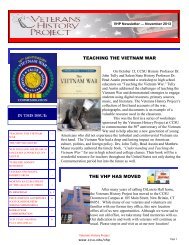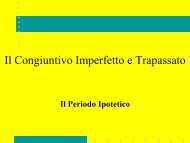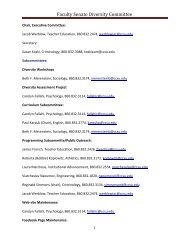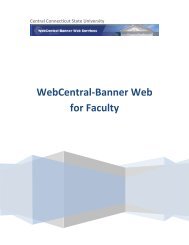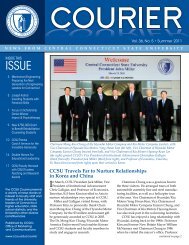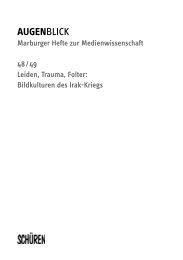Report - Central Connecticut State University
Report - Central Connecticut State University
Report - Central Connecticut State University
You also want an ePaper? Increase the reach of your titles
YUMPU automatically turns print PDFs into web optimized ePapers that Google loves.
Department of Anthropology 2011-12 Annual <strong>Report</strong><br />
School of Arts & Sciences <strong>Central</strong> <strong>Connecticut</strong> <strong>State</strong> <strong>University</strong><br />
Kevin Hovick: Insular Dwarfism: A Comparative Study Between Homo floresiensis and Indigenous<br />
Isolated Homo sapiens<br />
Shelby Ann Kelley: The Mystery in the Hills of North Salem: An Archaeological Comparison of<br />
Mystery Hill to Proven Neolithic Sites in the United Kingdom and Ireland<br />
Lester Bowen: The Rise of Modern Piracy<br />
Nora Christopher: Cognition Through Music: Using Classical Conditioning to Pair Daily Tasks with<br />
Songs to Enhance the Lives of People Suffering from Dementia<br />
Joshua Governale: Scientific Morality: How Studying Choice Can Help Us Choose<br />
Samantha Edgerly: From Housewives to Doctors: The Evolution of Women's Roles as Reflected by<br />
Television<br />
Alex Shade: The Subculture of UFO Believers<br />
The major also requires students to take a research methods course (ANTH 374) and a “hands-on” course<br />
outside of the classroom (either the Internship, Independent Study of Field Schools in Cultural<br />
Anthropology or Archaeology). A number of our other courses incorporate teaching research and lab<br />
methods, and small field projects. Specifically for 2011-2012, including last summer:<br />
Ken Feder’s section of Introduction to Archaeology ANTH 150 (90+ students), all students participate in<br />
the Gravestone Project. They divide themselves into groups of 7 or 8. Each student in a group<br />
individually goes to a cemetery and collects data on 25 stones dating to before 1880 (raw material; size;<br />
design; age of deceased; sex of deceased; etc). Within each group, students pool their data (adding up to<br />
175 or 200 stones) and each student selects a research question to answer based on the gravestones (were<br />
men and women treated equally in death; were all communities in the group economically equal; how did<br />
the approach or perspective about death change through time; etc.). Each group then prepares a write up<br />
of the results of their research.<br />
Ken Feder’s Experimental Archaeology ANTH 329 (14 students) ends with students researching and<br />
creating a tool.<br />
Ken Feder’s archaeology field school ANTH 451 (16 students) Last summer focused on research at the<br />
Lighthouse site to prepare for the installation of informational signs at the site. Students conducted<br />
research about the site in general and excavated test squares where the signs were to be located. We also<br />
conducted research at a 3,000-year-old soapstone quarry. Students excavated at the site, inventoried all<br />
artifacts recovered, and prepared samples for radiocarbon dating.<br />
David Kideckel’s introductory classes include small interview and field observation projects.<br />
Abigail Adams’s ANTH 240 (The Supernatural, comparative ritual and symbol) and ANTH/WGSS 350<br />
(Men and Women in Different Cultures) include papers based on intensive interviewing and/or participant<br />
observation.<br />
ANTH 374 Field Research Methods (over)enrolled 24 students Spring 24, and each was required to<br />
develop a research proposal (a pre-senior thesis proposal, as best practice) that incorporated results from<br />
three research methods.



